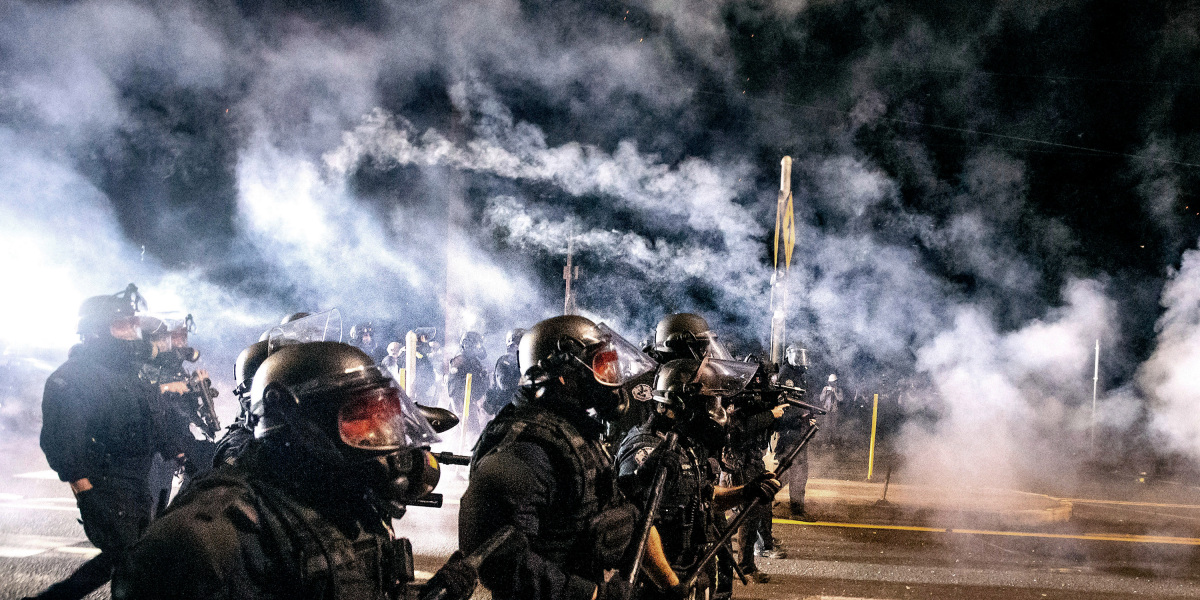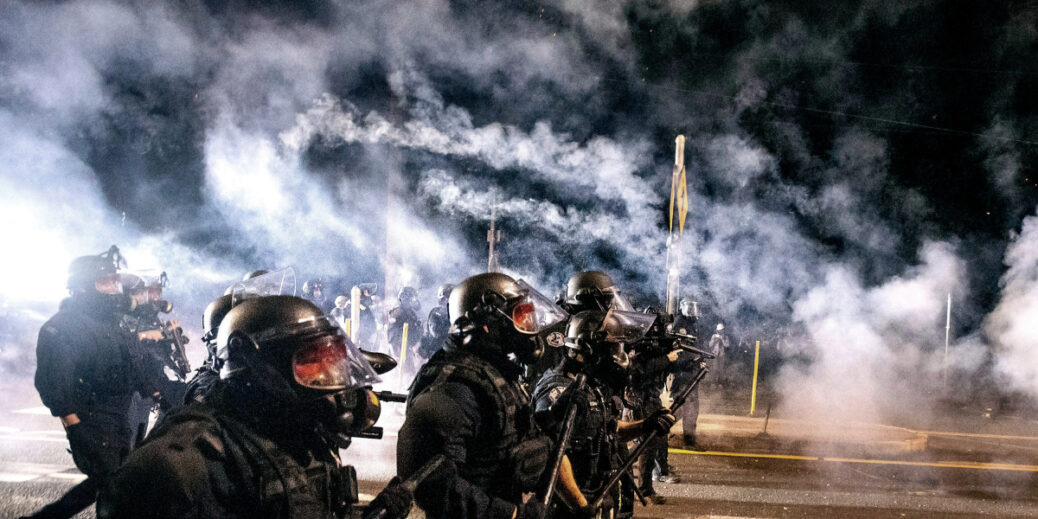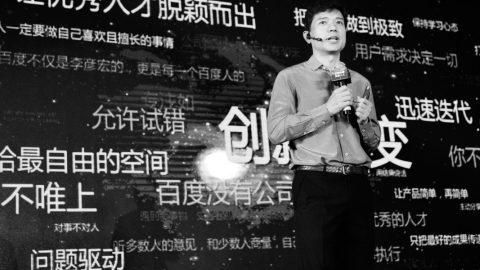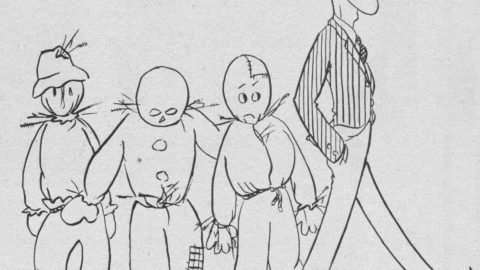
Staying safer while recording police activity requires different tactics depending on the situation. Bystanders witnessing police violence in a public space should keep a distance, Kelley-Chung advises—that way you can’t be accused of being a participant. If you get pulled over? Get a passenger to start filming right away, before the officer approaches your window (reaching into your pocket for your phone can also be extremely dangerous, particularly for people of color). If it’s legal in your area, a dash cam might be an alternative, Wandt suggests.
As much as a cell-phone camera offers protection, Wandt says, it’s also important to keep in mind that “once somebody takes out a camera and starts filming an arrest, it absolutely changes the nature of the situation for everybody, from the victim to the suspect to the police officer.”
“There’s the law, there’s the Constitution, and then there’s what you do when you’re face to face with the police,” says Sykes, the ACLU attorney. Figuring out exactly how much to push back against a police officer who is giving an unlawful order is “tough,” he says, especially in certain circumstances—for example, at a protest.
“There is a special flavor of risk when you’re protesting the police and the police are armed and standing feet away from you,” Sykes says.
On-the-ground experience is really the only way to read whether a situation at a protest is safe. But one thing Kelley-Chung has observed is that the presence of a camera filming an officer can protect others from misconduct.
“When you see people in a verbal dispute with police, get as close as possible,” he says. “That camera can be more protection than a tactical vest.”
In any situation, everyone we spoke to had the same caveats: Do not interfere in police operations. Comply when police tell you that you need to move, but you do not have to stop filming from a new location, even if they claim you must, as long as you are recording an officer in a public space carrying out their duties.
Cop watchers generally advise others to collect identifying information on police at the scene, and to note the time and location. You could ask for a badge number; Parriott says most officers actually just carry business cards.
A mine of misinformation
No single video is going to change how police act, and experts argue that even large numbers of videos cannot change the culture of many police departments. On the contrary, police have found ways to use video, especially body camera footage, to reinforce and control their own narrative in cases of possible violence or misconduct.
People like to think that video is simply a neutral tool for capturing information, says Jennifer Grygiel, an assistant professor of communications at Syracuse University—but it’s not, and how it’s released, and in what context, needs additional vetting.
“They get to set the narrative when it’s released, which controls the initial public sentiment around it and opinion. They also push it out on their social media, and their accounts are just like everybody else’s in that they grow their audience. So then they get people following them there because they’re the first to publish information,” Grygiel says. Their own research deals with how police departments use social media to bypass fact-checking by journalists: it started after they noticed how police were pushing out mugshots on local Facebook pages. “People were going in there, like an old public square, and harassing people who had been arrested,” Grygiel says.
As police become better at producing their own media, finding an audience outside of journalism, and making the most of accountability measures like body cameras, Grygiel argues, independent documentation of police officers working in public can serve as a counter to that messaging. Sometimes, as was in the case with the Floyd murder, that documentation happens spontaneously, and often amid great distress, when clear instances of police violence or misconduct are unfolding in real time.
But the capacity for police and police-affiliated organizations to spread misinformation was obvious during the protests in the summer of 2020, when police departments repeatedly promoted inaccurate information. Some of that misinformation went viral, aided by sympathetic media coverage and the right-wing internet, hell-bent on reinforcing the belief that anti-racism protests are merely a conduit for a violent war on cops.
Police unions promoted an alarming claim that Shake Shack employees had “intentionally poisoned” a group of police officers in Manhattan. The story had been dispelled by the next morning: NYPD investigators said the foul-tasting substance in the three officers’ milkshakes wasn’t “bleach,” as the unions speculated, and it wasn’t added to the drinks on purpose. Although the Police Benevolent Association and the Detectives’ Endowment Association both eventually deleted their tweets making the accusation, they had tens of thousands of retweets, and triggered a wave of credulous coverage in conservative and mainstream press. Media write-ups about the tweets got tens of thousands of shares on Facebook and continued to circulate even after the story was debunked.
And this was just one example. Last summer, NYPD Commissioner Dermot Shea reposted a video of police removing bins of bricks from a South Brooklyn sidewalk, claiming they were the work of “organized looters” offering protesters materials to use for violence, despite little evidence that this was actually true. The NYPD also circulated an alert to officers with images of coffee cups filled with concrete, which closely resemble concrete samples used on construction sites. In Columbus, Ohio, the police tweeted out a photo of a colorful bus that they said was supplying dangerous equipment to “rioters,” fueling already rampant national rumors of “antifa buses” descending on cities. In fact, the bus belonged to a group of circus performers, who said the equipment police cited as riot supplies included juggling clubs and kitchen utensils.
In short, police still lie despite being watched more closely than ever. There are hundreds of videos of police misconduct at the summer protests alone, some from the body cams introduced in reforms meant to hold them more accountable. But Kelley-Chung thinks there’s only so much difference any one video can make.
“I’ve seen people filming officers with their cameras out in the moment and then get tackled by police,” he says. “They know they’re on camera … and yet they still continue to abuse.”
And even after he reached his settlement with the DC police, there’s an aspect of that day he can’t stop thinking about. Kelley-Chung is Black, and his filming partner, Andrew Jasiura, is white. They were both dressed in the same T-shirt, carrying the same sort of camera equipment. Officers saw Jasiura too: “They pulled him out so they could talk to him,” says Kelley-Chung.
That’s when Jasiura told police that his partner was a journalist too. They continued to arrest him anyway.





Recent Comments